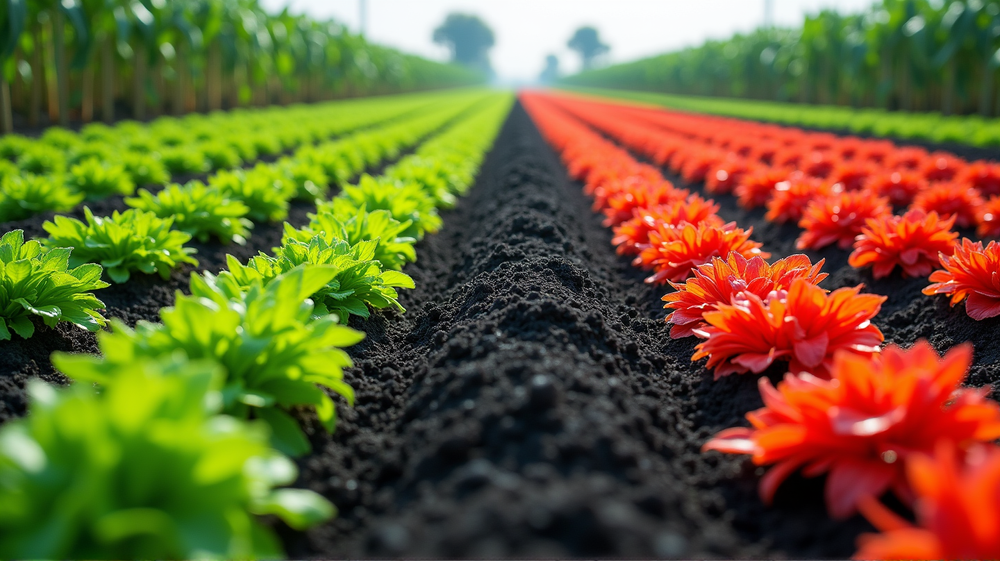Unveiling the Power of Colored Plastic Mulch in Boosting Crop Yields and Soil Health
Colored plastic mulch is not just a modern agricultural trend; it represents a pivotal element in sustainable farming practices aimed at enhancing soil health and increasing crop productivity. With challenges like soil degradation, climate change, and water scarcity threatening global food supply, plastic mulching emerges as an innovative solution that farmers worldwide are adopting.
A Solution Rooted in Color
The meta-analysis encompassing 97 studies demonstrates the profound impacts of colored plastic mulches on vegetable crops. By leveraging different colors such as green, black, and red, these mulches optimize the micro-environment of soils, enhancing yields, and improving weed control significantly more than their non-mulched counterparts. Green and black mulches, for instance, have been observed to substantially boost yield through augmenting soil temperature and moisture conservation.
Beyond Weed Control: Multifaceted Benefits
The efficacy of red mulch, particularly in reducing weed density, showcases its importance in maintaining soil fertility and maximizing plant growth. The study notes that all mulch colors, notably the vibrant reds and blues, decrease weed biomass dramatically, resulting in healthier, more robust vegetable growth.
Innovative Agronomy for Every Climate
The adaptability of plastic mulches in various climatic regimes—from arid to semi-arid—is evident through their widespread use in countries such as the USA, India, and China. By altering the thermal dynamics of the soil, these mulches facilitate better plant development, even in challenging environmental conditions.
Underexplored Terrain: Soil Chemistry Revisited
While the benefits of plastic mulch on crop productivity are well-documented, the extent of its impact on soil chemistry requires further exploration. The analysis reveals significant increases in soil organic carbon alongside changes in pH values, primarily with black and silver mulches, hinting at the untapped potential of different colored mulches in improving overall soil fertility.
The Science of Color in Agriculture
Agricultural innovation is driven by the scientific understanding of how varying mulch colors interact with light, affecting soil temperatures and subsequently plant physiology. The nuanced differences in mulch performance as observed through the study highlight the need for continuous research in optimizing mulch applications for diverse crops and climatic settings.
Toward a Greener Future
The journey toward sustainable agriculture benefits immensely from the strategic use of colored plastic mulches. As the farming community works toward addressing global food security and environmental challenges, mulching stands out as a versatile tool in the agricultural arsenal, promising better yields, improved soil health, and a more sustainable planet.
According to Nature, the transformative role of colored plastic mulch cannot be overstated, placing it firmly at the heart of modern agricultural strategy.




